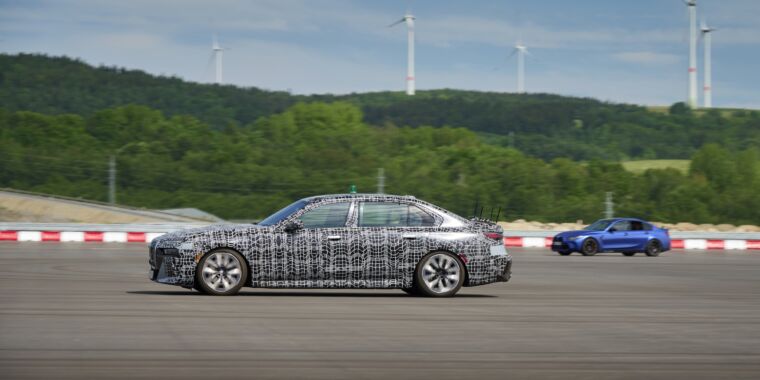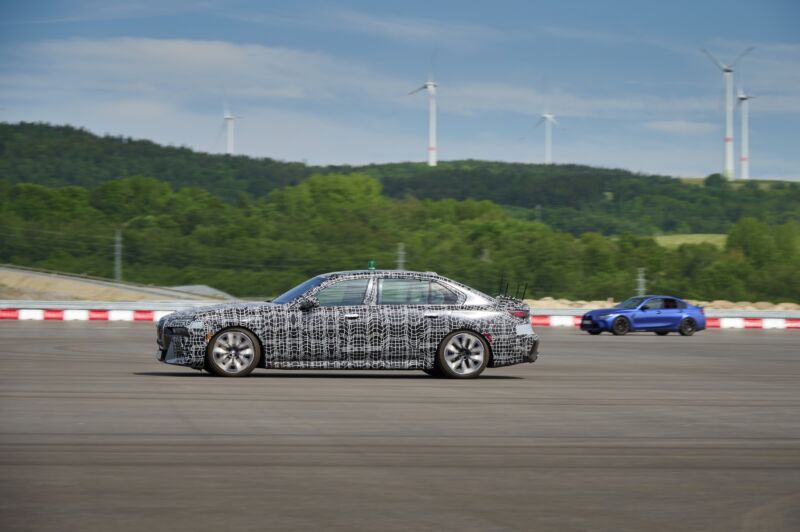
BMW
On a big empty slab of asphalt, two BMWs take off. They pressure in determine eights and alongside an oval trail break free each and every different however just about in tandem, like two ice skaters working towards the similar regimen on a work of black ice ahead of coming to a prevent.
Neither of the automobiles has a motive force. That isn’t that spectacular; self-driving automobiles in checking out environments mustn’t provoke any individual at this level. Necessarily the automaker tells the automobile to pressure a direction, and it does it. The vital factor this is why those automobiles, geared up with further sensors, are riding alongside the similar direction time and again, each and every time miserable the accelerator the same quantity and making use of the precise quantity of drive at the brakes: They are checking out {hardware} with the least quantity of variables you’ll be able to come across outdoor of a lab.
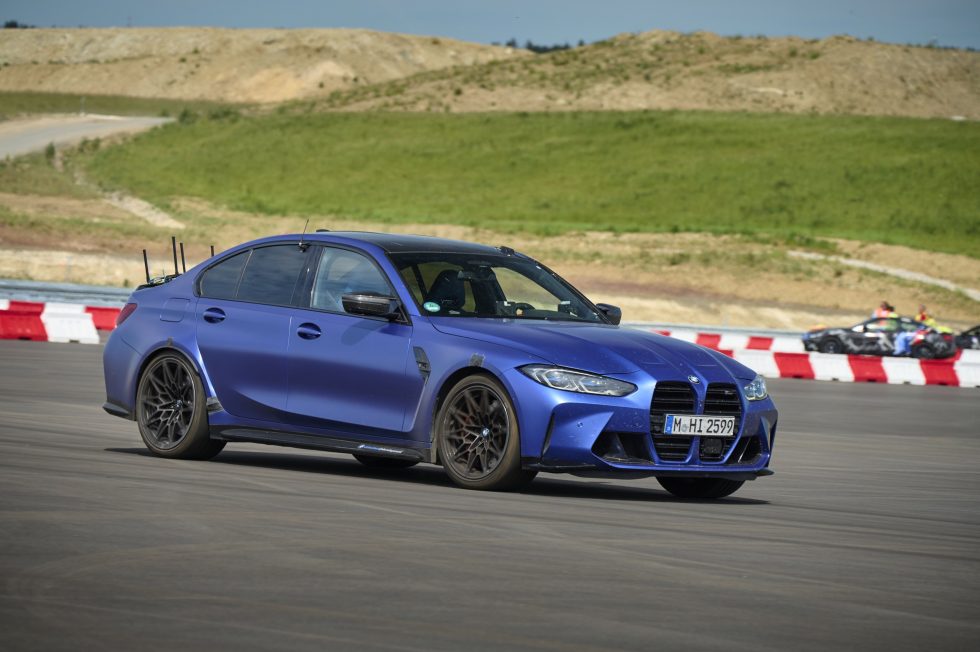
BMW
“It is dull for human drivers,” says BMW’s venture lead for driverless construction, Philipp Ludwig. When a human is requested to accomplish the very same process time and again, the standard of the paintings diminishes as they get bored or grow to be fatigued. For a computer-controlled automotive, it will possibly do that all day. And it has completed precisely that.
Consistent with Ludwig, the cars have carried out more or less 43,500 miles (70,000 km) of riding checks during the last few years. Those are high-speed autobahn maneuvers—checking out can happen at speeds as much as 122 mph (200 km/h). Those are site visitors checks, prevent mild checks, and relatively a large number of brake checks.
The cars do all this bodily in a checking out house at BMW’s Sokolov checking out facility within the Czech Republic, but in addition just about on tracks, on highways, and on town streets. It is a panorama of digital pieces; so if one thing does cross flawed and a automotive “hits” one thing, it hasn’t in truth hit the rest.
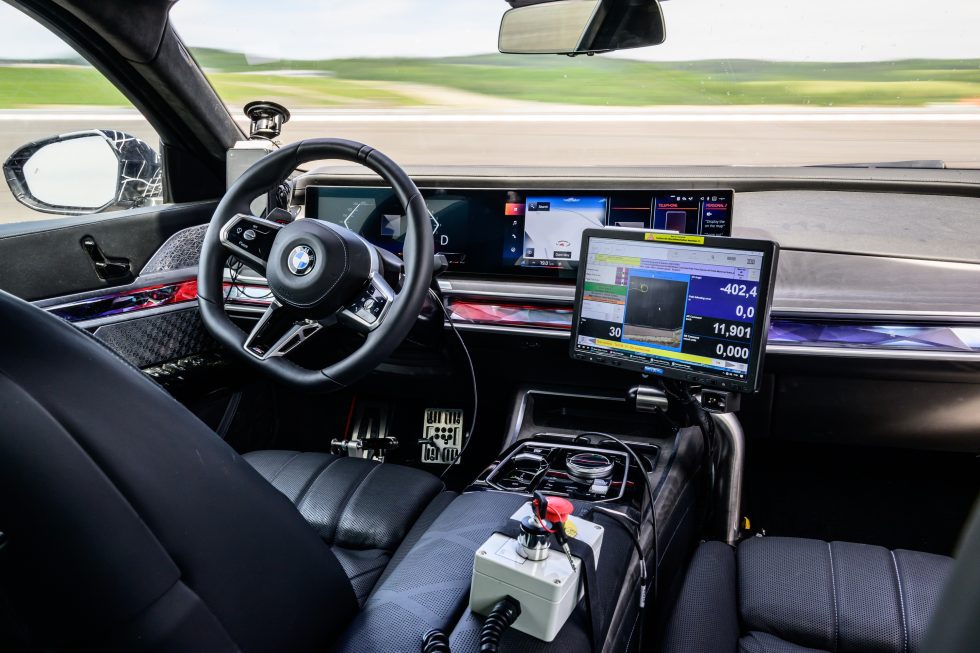
BMW
The use of those driverless cars for checking out garners BMW correct information about such things as brakes. The auto will trip the very same pace and depress the precise quantity of drive at the brake time and again due to drive-by-wire era—one thing a human could not do. That information on distance traveled is extra correct, and the automaker has microphones and temperature gauges to locate brake squeak and pad and rotor temperature.
That information is beamed right away to a close-by regulate middle van and again to BMW HQ in Munich, Germany, all over the place LTE. The one actual variables are climate, tire put on, and asphalt temperature. To verify the brake checks are constant, the cars transfer quite over between checks in an effort to now not be hindered or helped through any rubber left at the highway.
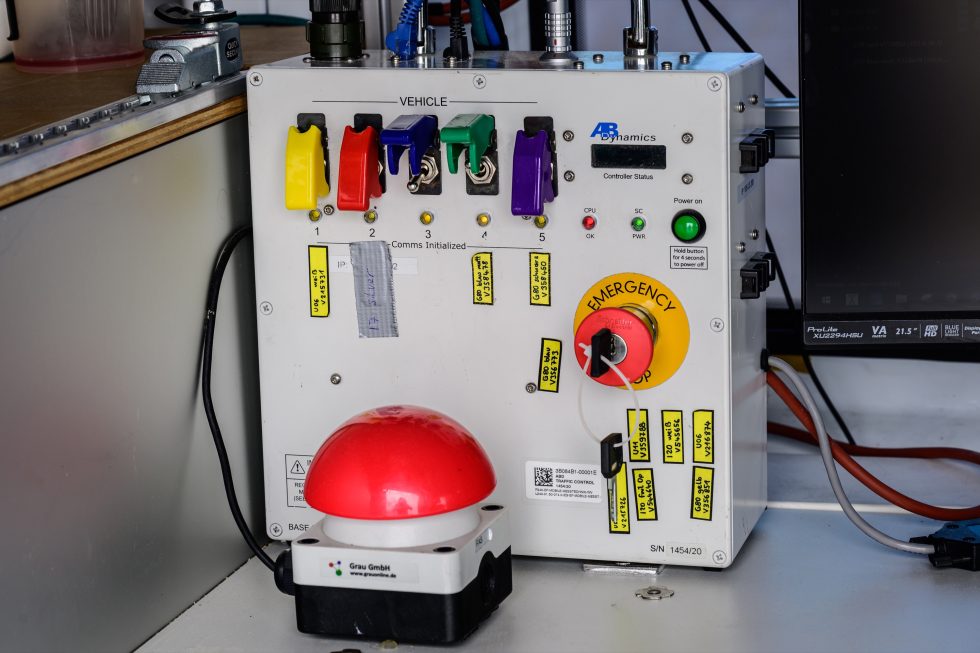
BMW
Too laborious to do with other folks
Ludwig famous that that kind of reproducibility with people used to be tricky to score. It additionally required one particular person according to automotive. “The article is, it is not that you just do it 10 occasions or 10 days; you must do 10,000 occasions. So we’d like extra drivers in additional automobiles,” Ludwig mentioned. If the elements used to be dangerous, you currently had 5 other folks with 5 automobiles status round. With the present gadget, a unmarried particular person can regulate 5 other automobiles immediately, they all checking out quite a lot of pieces. And the engineers do not even see the cars 80 to 90 p.c of the time; they only see it at the pc.
Ahead of the present drive-by-wire gadget, BMW engineers must set up mechanical robots within the cars that urged, shifted gears, and braked. It used to be a tedious setup that took days. Now BMW says it will possibly arrange and calibrate any present BMW with the gadget in about in the future.

